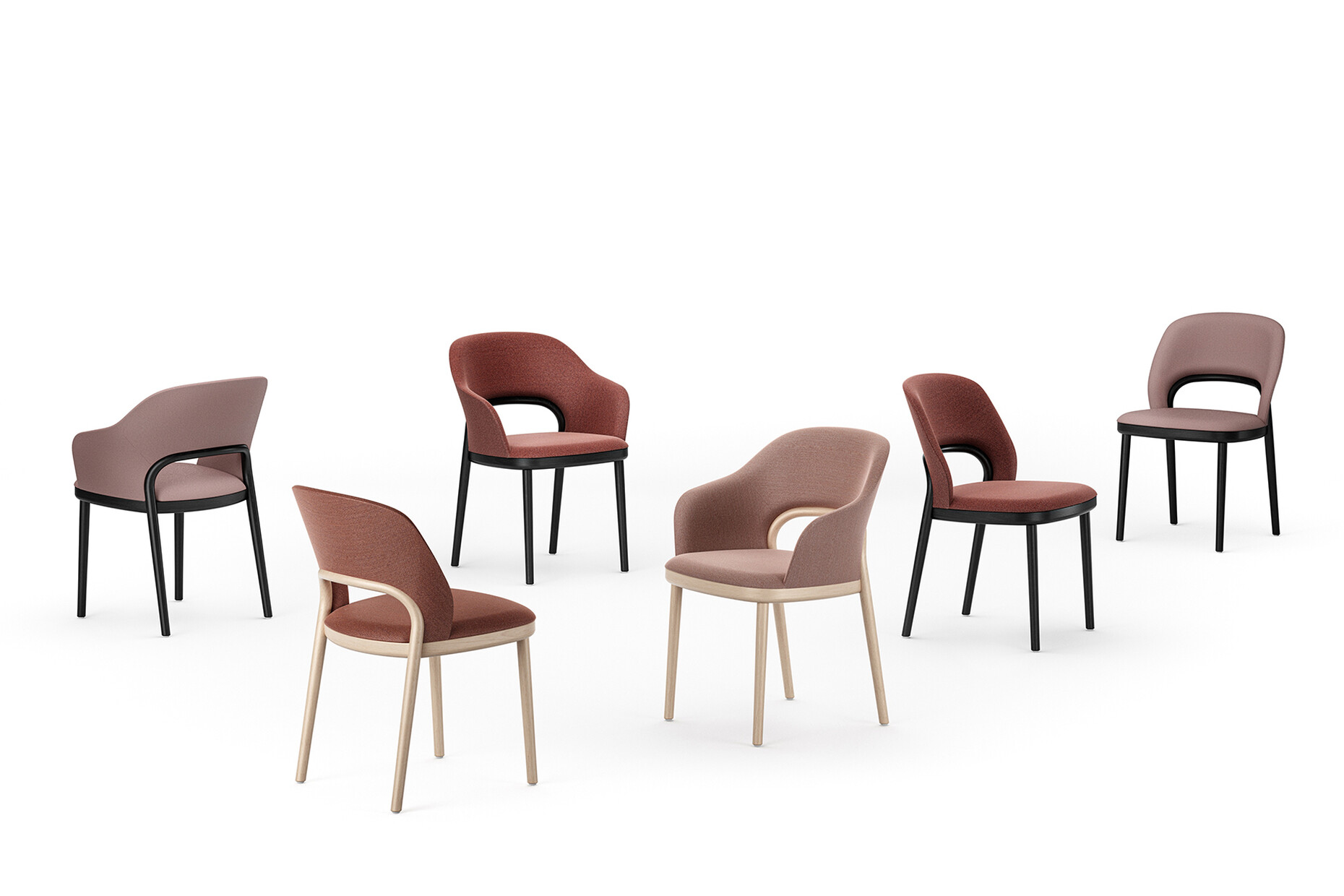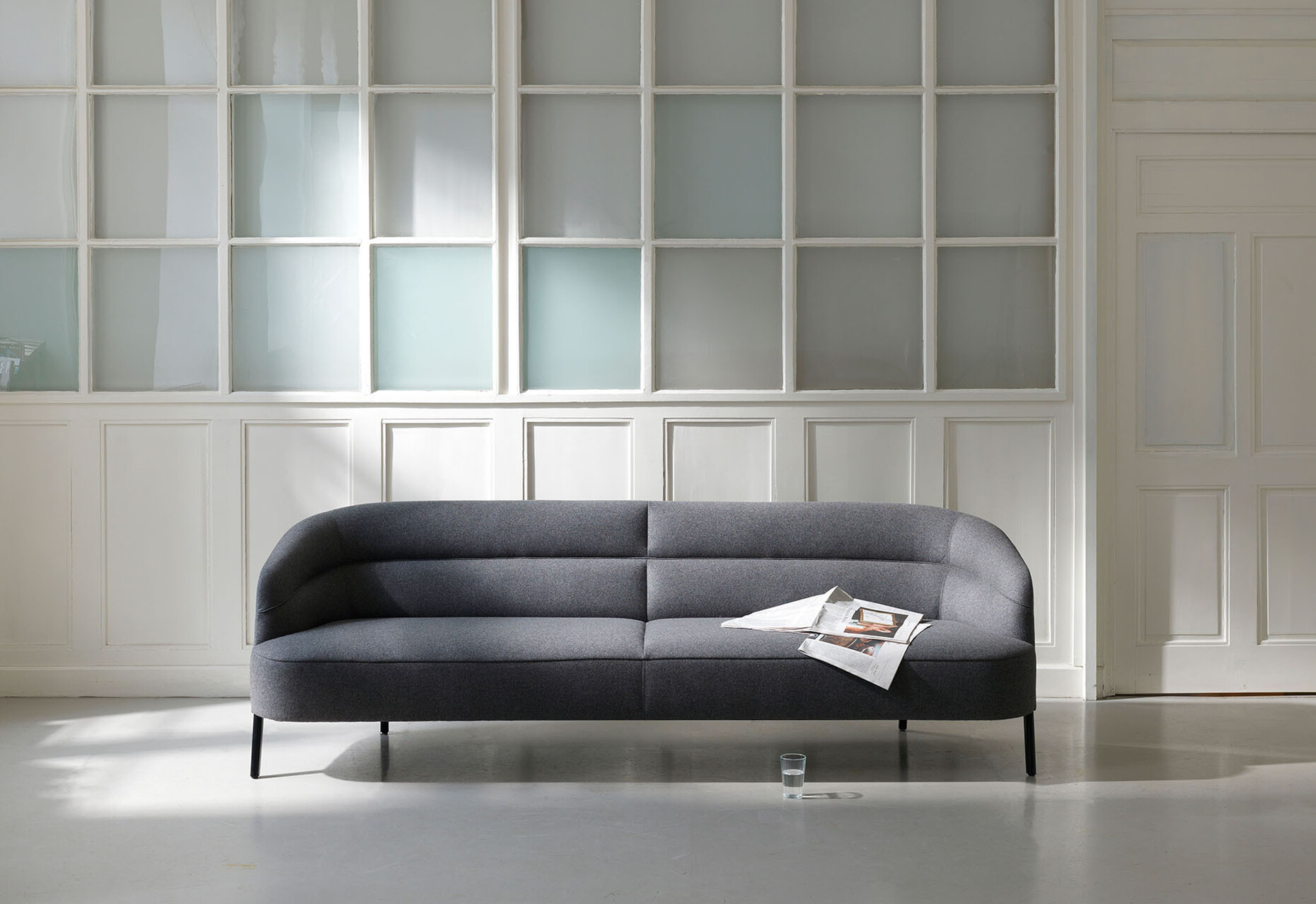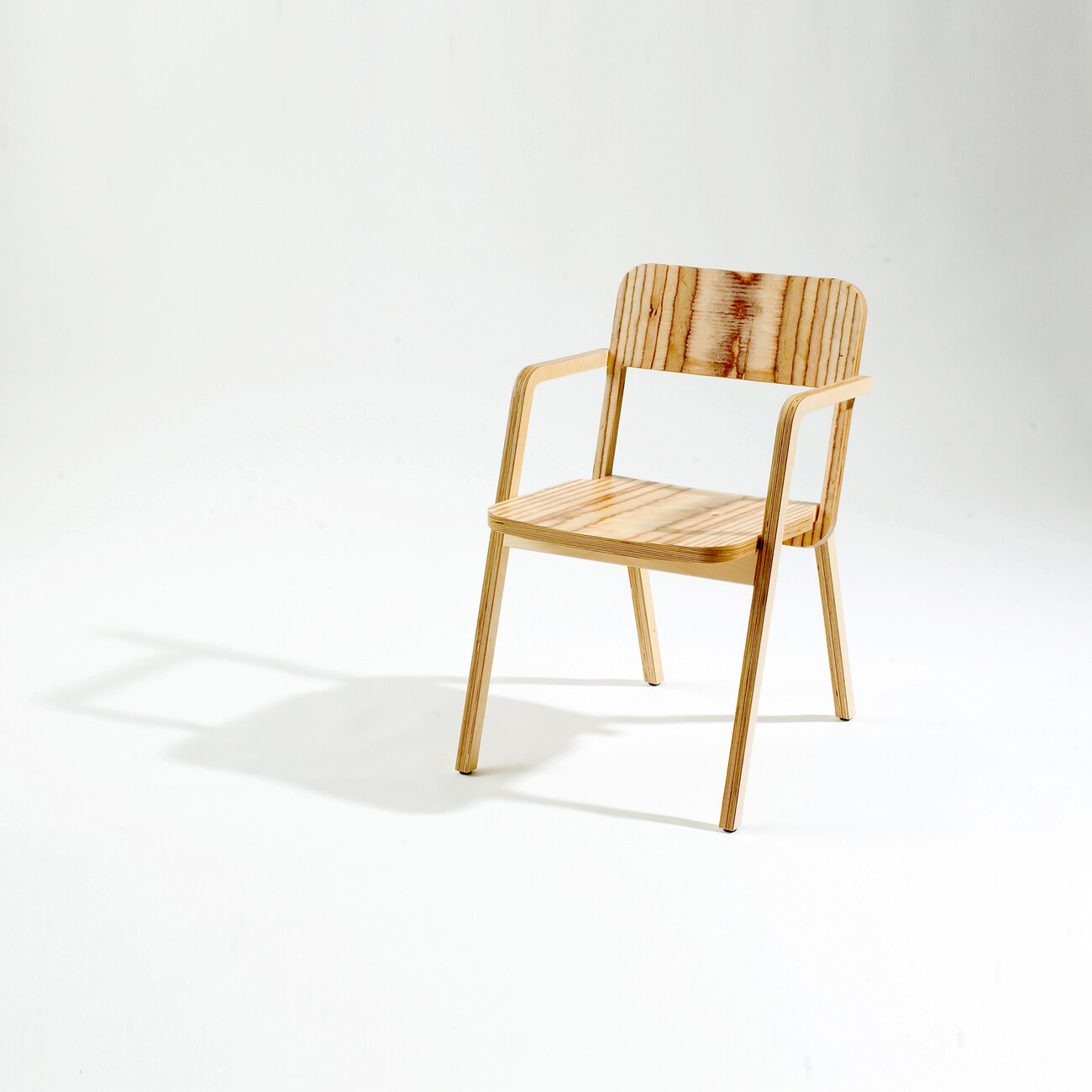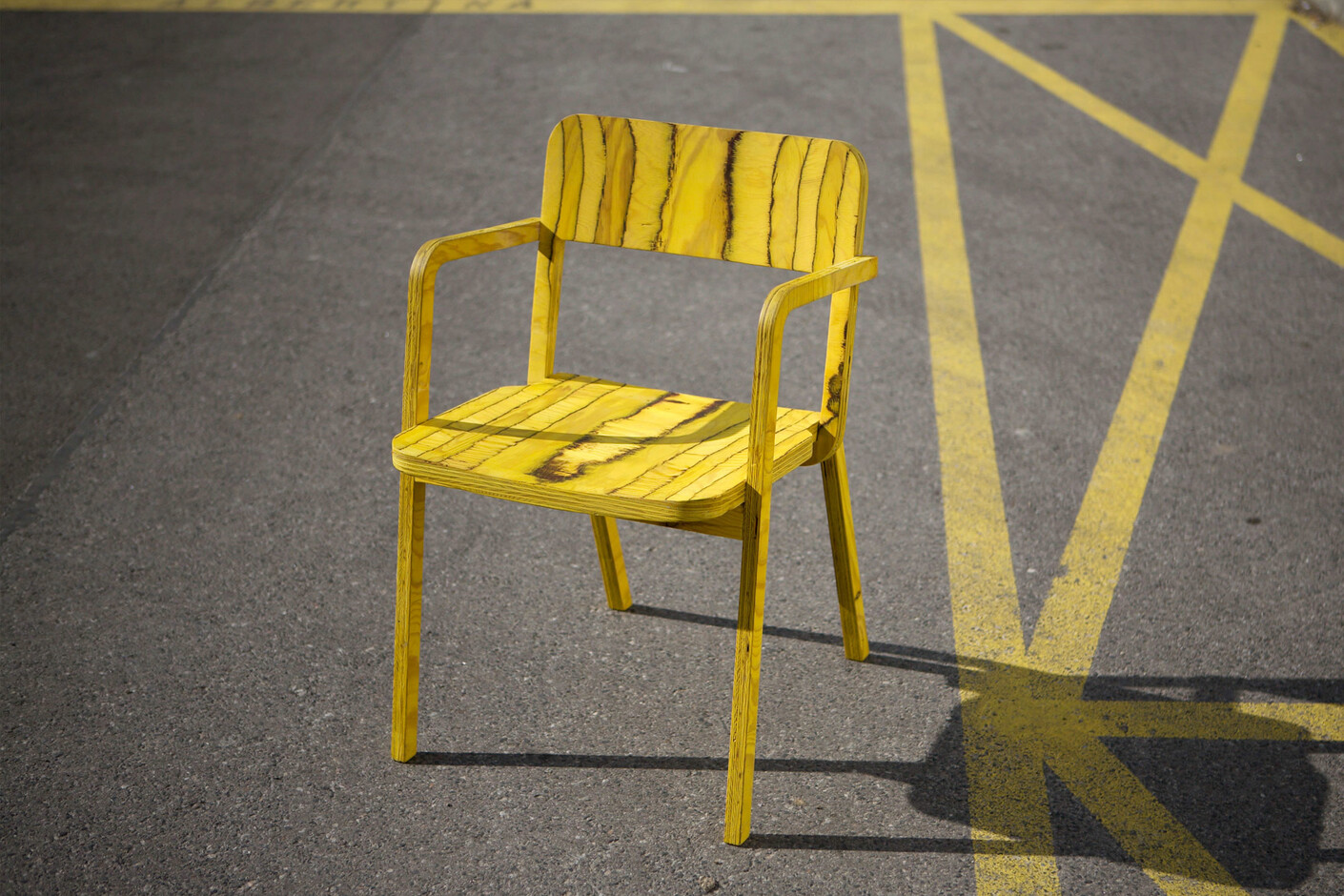Three questions to Marco Dessí
Anna Moldenhauer: Marco, what are you working on at the moment?
Marco Dessí: I'm currently working on an upholstered seat for the Tecta company, a beautiful project that we have developed during the last two pandemic years and pushed forward with a lot of optimism: "D70" – a cross-typology armchair whose form offers elements of a fireplace chair, a lounger and generally a small retreat. We can't wait to present the result at the Salone del Mobile in Milan in June 2022! For Lodes, I am developing a luminaire that is specifically designed for low room heights. It is based on a very classical typology, but stands out with a subtle gesture. We are also in the process of industrialising the "520" armchair again for Thonet with new, technically tricky details. The great demand for this design has prompted us to invest in more innovative tools in order to be able to compete on the market. At the same time, I am also teaching at the New Design University in St. Pölten.
The spectrum of your design ranges from lamps to furniture to drinking glasses. You don't want to commit to one style or material, the product is the result of an interactive process. What does this development need to be successful?
Marco Dessí: I am interested in a wide variety of topics related to living culture, but above all I am driven by the question of what the result looks like when I deal with it. I was born in South Tyrol, grew up bilingually and was influenced by two cultures – the emotionally Mediterranean and rationally Alpine. This is also reflected in the way I work and in my design. A successful product communicates a clear idea and arouses emotions. In the development process, I take into account the most diverse influences, which are often also contrary. My products develop from this first loose collection of ideas. My style is therefore the result of the way I work. And ultimately, a good dialogue, the detailed solutions and the quality of the execution are responsible for the success of the developments.
In recent years you have reinterpreted designs by Otto Wagner and Dagobert Peche for MAK Vienna. Why is it important for a new approach to look back now and then?
Marco Dessí: The MAK Vienna commissioned me to produce two works based on the work of Dagobert Peche and Otto Wagner. My interpretations were then shown together with the originals. For me it was very exciting in this context to show the contemporary relevance of the two masters and to make it tangible. In some of my designs for manufacturers, I follow a similar path; for the "Thonet 520", for example, I looked at bentwood classics and incorporated the back bracket as an unmistakable quotation in my design; for the "Cima" pendant lamp for Lodes, the "Parentesi" pendant lamp by Achille Castiglioni was the inspiration – although the playful approach was also adopted here. Among other things, looking back also helps to embed one's own work in the right context. Many furniture manufacturers still work with traditional and very artisanal processes, so certain procedures, materials, tools and also many typologies have remained unchanged. With a fresh look at this work, innovative products can be created for the future.
























